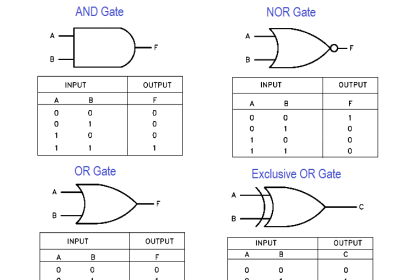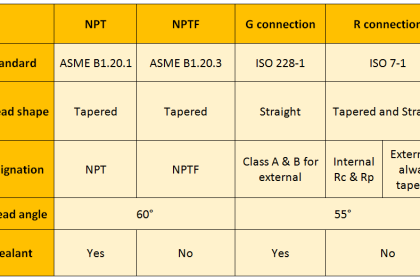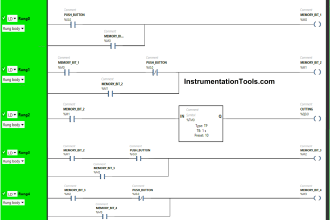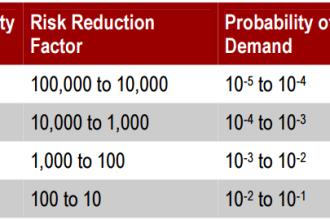To offer clients excellent software that meets all their demands, the simple development process is not enough. You must ensure a well-planned testing process.
A properly planned and implemented testing stage is mandatory. There should always be a good testing plan to check the provided software.
Software Testing Projects
The testing stage includes more than a few simple software testing procedures.
It covers objectives, test strategy building, test methodology development, the gathering of resources, risks identification, etc.

Having a prepared test plan document can be a great advantage. It will help you to manage the entire testing process.
Besides, it allows watching through your main objectives, methods, and wanted results. You get the directions for your project. Thus, you do not need to take a step back and gather lacking information for a testing process.
In your test plan document, you define the assigned roles and responsibilities. Therefore, all involved team members will know their duties clearly. It makes the entire software testing process described at https://jatapp.com/services/software-qa-testing/ more manageable and faultless.
Also, you never end up with specialists doing the job they do not know how to complete. With a proper plan, you can monitor your progress. It helps to follow the arranged schedule for your project development and launching.
The Fundamentals of Good Software Testing
The testing process is a complicated task that requires great attention to detail. Also, it calls for a proper strategy and operational test plan. This particular stage can never be overlooked. The only result you get if ignoring the testing stage is ending up with a poor functioning app.
The fundamental of good software testing is a proper testing plan. It defines your testing activity and provides the right directives. You can know your product very well, still, it is difficult to foresee its success after the launch.
Many experts can help with calculating the possible risks. It allows dealing with possible malfunctions or errors beforehand. The testing process allows checking the way your software operates. It allows figuring out any possible risks at once and fixing them immediately.
You check every aspect of your product once proceeding with testing. It includes the overall impression, purpose, target audience response, design, functionality, usability, etc.
When testing software, a software test engineer needs to keep the requirements and all business documentation in close vicinity. You will need to go through it a lot to assure all the requirements and development strategy steps are followed.
Once you have everything ready for a testing stage, you need to come up with a proper test strategy.
Consider Your Testing Strategy
If you are in charge of the testing stage, the testing strategy must be your priority. Without a proper strategy, the entire testing procedure will be turned into chaos.
The well-written strategy defines your main goals and expectations. It draws the time frames and allows tracking the results. You can use the best practices and industry standards to prepare an effective test strategy.
To develop a proper testing strategy, you need to define the scope of testing and come up with the most effective test methodologies.
Scope of Testing
The first thing you do when preparing a test strategy is defining the scope of testing. It covers the process of item categorization. In short, you categorize everything you are about to test.
Definitely, there is no need to test every known feature of your product. You need to use your brains to figure out what particular features you should test.
Other features will be left out of your testing process. Moreover, you need to justify your choice. Explain why you selected a certain feature to test. Use your knowledge and the industry software testing best practices to make a final choice.
Using Effective Methodologies
The next step is an identification of the adopted testing methods. The methodology part covers the explanation of chosen methods as well. You need to show why the chosen methods fit your project the most.
You need to come up with the most effective and suitable for your project methods. There should be functional and non-functional testing types. The functions include integration testing, regression testing, smoke testing, unit testing, system testing, etc.
The non-functional types include mutation testing, recovery testing, conformance testing, scalability testing, etc. They test the system for its quality mostly.
Identify Risks and Quality Requirements
To proceed with software testing properly, you need to come up with quality requirements. Thus, you have to provide special conditions on which to base your testing process.
These criteria will be used to check how the product meets the original requirements. These conditions show how properly the project was developed.
You should also identify all the possible risks. When you test a product, you base the testing on various important factors.
In your work, you need to check the efficiency of software, its value, quality, etc. Besides, you must check the certain areas that need improvement. These areas can be analyzed and future progress can be evaluated.
To identify all the risks and requirements, the best management tools must be used. It includes the up-to-date instruments in the industry that can deal with the most complicated requirements. Management tools connect your test plan document with the quality requirements.
Thus, you get a bunch of mini test plans associated with various separate requirements. Besides, advanced management tools make sure the test plan gets always updated.
The modern testing and test management tools improve the testing process and make it more efficient.
Conclusion
Software testing is an important assessment phase that must be properly done. There is no way you can ignore the testing stage if you plan to launch a successful product.
Without a testing phase, you can end up with poorly functioning software. What is more, all your efforts during a development stage could be in vain. Once you have a ready product, and you can proceed with testing, a proper test plan is mandatory.
Also, you should create and follow a well-arranged testing strategy. It covers the selection of test objectives, adopted methods, designation of roles and responsibilities between personnel, drawing of time frames, etc. You cannot ignore the importance of proper testing since it defines whether your product meets the requirements.
Software testing projects are always based on checking the way your product meets the wanted quality. You can assign any testing team or work on the testing yourself.
Just remember that every feature you select to test and every method you choose must be justified. You need to explain why you decide to test a certain feature and why the adopted method is the most fitting for your project.
Besides, you need to identify the possible risks. You can use numerous advanced test management tools to make the testing process more efficient.
Do not forget to pay attention to the strategy you use. Once following a proper strategy, you can manage a testing process more effectively.
















